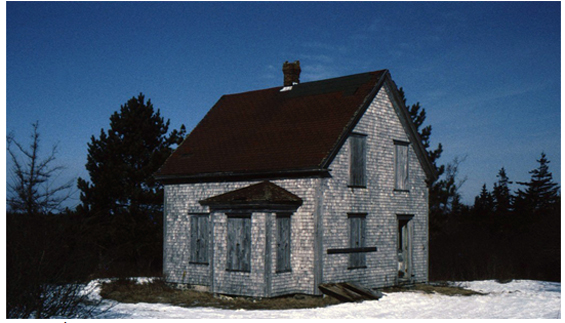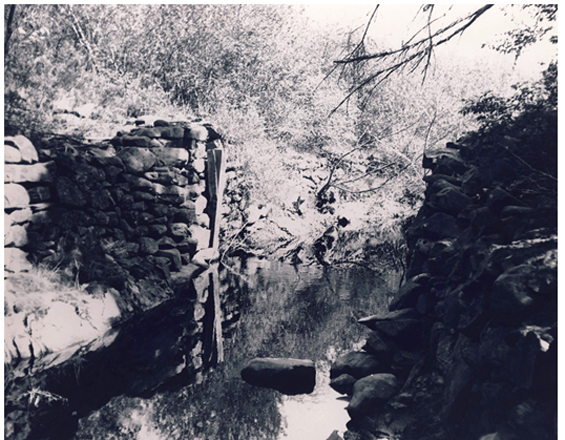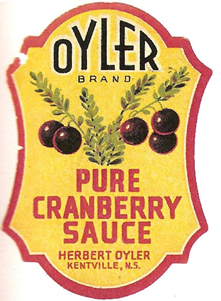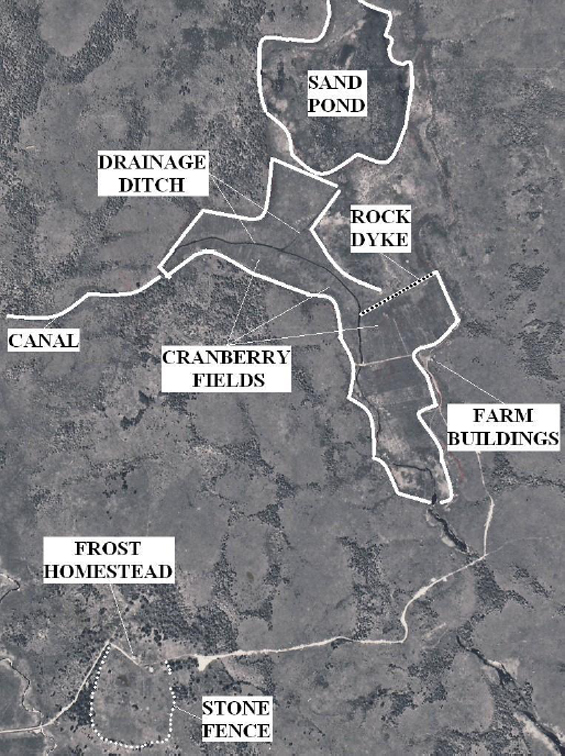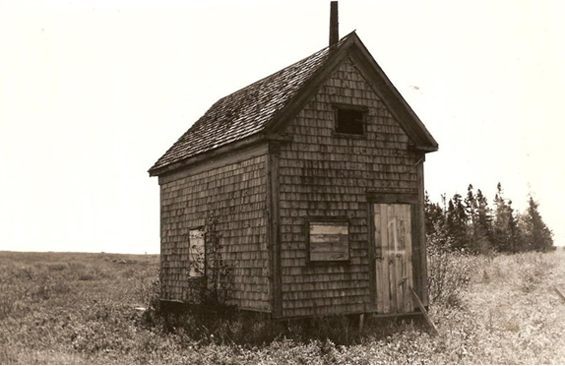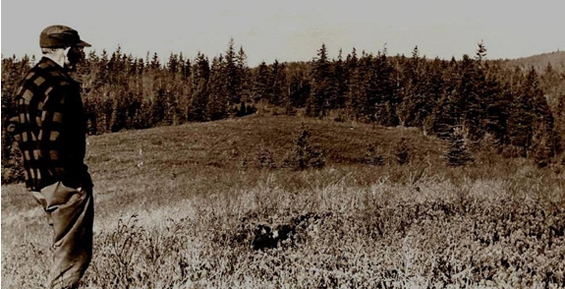Sand Pond National Wildlife Area Management Plan: appendix 1
Appendix I: Historical land use at Sand Pond National Wildlife Area (NWA)
The higher land around Sand Pond was first homesteaded around 1895 by the Frost family (Figure A-1). Forests were cleared, leaving significant stone walls around the remnant old fields which are a lasting legacy to this work. The Frost family was from nearby Argyle area, and they recognized the potential for commercially producing cranberries at Sand Pond. They acquired a grant to the lake and immediately set about constructing a flooding and drainage system to optimize cranberry production and harvest. On completion, they succeeded in draining most of the Sand Pond and cultivated about 25 acres as a cranberry bog. A control structure was then built at the outflow of the lake so that cranberries could be flooded if there was danger of an early frost (Figure A-2). Despite the considerable amount of work and planning that went into it, the cranberry operation was not successful, and the Frosts were unable to continue the venture ( Fyfe 1966 ).
The bog was sold to Hebert Oyler of Kentville, Nova Scotia, and again cultivated for cranberries. Mr. Oyler marketed his cranberries under the “Oyler brand - Pure Cranberry Sauce” label (Figure A-3). Mr. Oyler had a diversity of agricultural interests and was more successful in the enterprise; he reportedly harvested several excellent crops. In a good year, as many as 1500 crates of cranberries were shipped from the Sand Pond property alone. Mr. Oyler later diversified his operation to include the marketing of blueberries and, as part of this expansion, purchased the adjoining upland and buildings of the original homestead. Again, Mr. Oyler was successful, and harvesting 1000 crates of blueberries annually. During those years, a considerable investment was put towards improvements to the Sand Pond property. A sturdier control structure was placed in the original canal, and a small causeway and bridge were constructed. Drainage ditches were built across the old lake bottom, and a bunk house/storage building was erected for the farming operation (Figures A-4 et A-5). Frank Frost was the site manager and later the property caretaker of the Oyler operation at Sand Pond for many years (Figure A-6).
In the late 1950s, Mr. Oyler suffered a series of crop failures in the area, and after these losses his property gradually deteriorated. As cranberry and blueberry production declined, he considered divesting the property, and at least two groups of sportsmen expressed interest in acquiring the parcel and establishing a hunting preserve. Around this time, Mr. Oyler was approached by the Canadian Wildlife Service regarding the importance of the area to waterfowl, resulting in the acquisition of his Sand Pond holdings.
